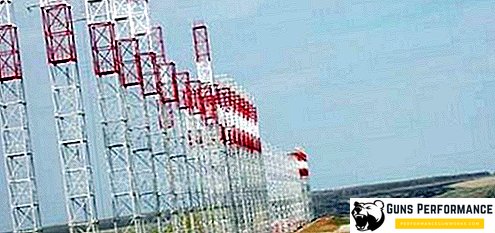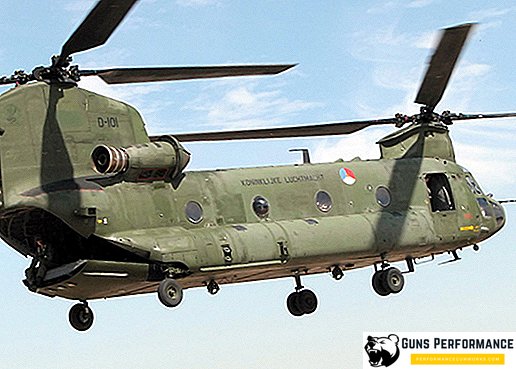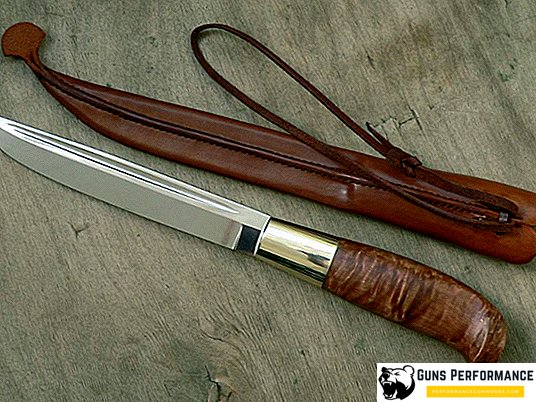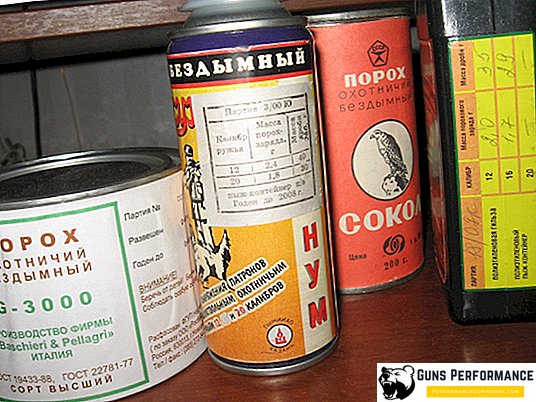Traumatic pistol Stalker, according to the manufacturer, belongs to the class of compact gun for covert
wearing and civil self defense. However, any potential buyer, having seen this weapon for the first time, immediately realizes that it does not smell like any compact class here. At the base of the body of this tool are alloys TSAM, in contrast to the use of steel in the production of similar pistols. This raises the main question, and what was the point of using TsAM alloys instead of steel, which led to a reduction in the tool life.

general information
At the time of its release, this weapon was a very good and attractive option on the market. Even now he would have been an excellent option due to his small obstacle inside the barrel, if not for the use of the CAM in the production of the pistol. Not to say that the use of this particular option is critical for the instrument, but such an alloy should be used wisely.
The fact is that some parts of the gun are made of steel, but this is not enough. Components, which account for the main load during firing, are made of TsAM alloys, which significantly reduces their service life.
It would seem that such a circumstance defines this pistol as “bad,” but this is far from the case. Yes, its main drawback lies precisely in the CAM, but it has a lot of advantages that can bridge this drawback. The fact is that this gun is an excellent option for self-defense weapons. It should not be used in sports or recreational shooting, only in self-defense.

Stalker Specifications
To begin with, it’s worthwhile to say about the capacity of the store of this gun. Despite its compact size, you can charge up to 10 rounds, which is undoubtedly a unique case. The very handle of the gun is 34 millimeters wide. Due to the width and shape of the handle, the use of weapons becomes very convenient, especially if you add this all with a "heel." It is worth noting that, due to the width of the handle, the Stalker pistol can not be easily carried in your pocket.
The weight of the discharged gun is 650 grams. Thus, it will be difficult to carry a weapon without using a holster. Following from this, I would like to make a small conclusion: The stalker is not a compact weapon, but it can be called a gun of the smallest dimensions. "The gun has 140 millimeters in length and 109 millimeters in height. It is smaller than many traumatic guns, but to the highest compactness does not reach, as, for example, WASP-R.
As for wearing this gun, then for him there is a huge selection of holsters. Many of them can even be used in the warm season, when the person wears mostly thin clothing. But, nevertheless, in the summer you can wear a larger trauma, which will be noticeable just like a traumatic Stalker pistol.
The entire list of specifications looks like this:
- Used cartridges 10x22T;
- The gun is 140 millimeters long;
- In height the gun is 109 millimeters;
- The width of the weapon is 35 millimeters;
- A discharged pistol weighs 650 grams;
- The magazine holds 10 rounds.

What ammo is used for stalker?
The store capacity of 10 rounds in this tool is a kind of plus. The fact is that in a real conflict situation, when it comes to using traumatic equipment, as a rule, 6 rounds are enough, especially if powerful charges are used. But here the main point is the psychological component - the owner of a traumatic with 10 charged cartridges will feel much more confident than with 6 charges in the store.
Despite the alloy used in the production of a pistol pistol, it is subject to the same criteria for the selection of ammunition, as for travmatiki made of steel. For regular self-defense, you should use the most powerful 10x22T ammunition, and for sporting or training shooting, weak cartridges will suffice.
The Stalker pistol has an inherent disease of many types of traumatic injuries — problems with the return spring. The factory return spring of this tool is designed for firing weak cartridges. It is very squishy, therefore it is impossible to use it with powerful cartridges - this will lead to a rupture or puffing up of the cartridges, which can completely destroy the weapon.
This problem is solved very simply: if you want to use powerful cartridges - replace the return spring with a hard one. Then there will be no defects in shooting. But remember, if you want to shoot again with weak cartridges, you need to return the factory spring, as using weak cartridges with a rigid return spring is not recommended.
The advantages of this gun can be attributed to his "omnivorous." The fact is that he can shoot also with 9 mm RA cartridges. But it is worth remembering that the use of any charges in this weapon, in addition to 10x22T, is prosecuted by law, therefore 9 mm RA can be used only for training shooting. There is no special meaning in this, but perhaps someone will want to experiment.

Maintenance and finishing gun Stalker
Stalker pistol has a number of features that need to be considered when using it and refining. The reason for these features, in the first place, was the material from which the instrument was made.
The first thing that traumatize owners do after buying a weapon is doing the grinding of all parts, especially those that are under maximum loads. This makes the work of all mechanisms smoother and easier. But this is done in cases where the gun is made of gun steel, the stalker, as already mentioned above, is made of TsAM alloys. It is not forbidden to grind its components, but extreme is not recommended.
The fact is that, by polishing components made from TsAM, you can break them. The probability of this increases, if you got not the highest quality sample tools. However, despite the poor-quality material used in the production, the gun itself is assembled at the factory very high quality.
As mentioned above, with the correct selection of the return spring for the used cartridges, the Stalker does not suffer from rupture and blowing of the sleeves, but its efficiency will be enough for 2500-3000 shots with the most powerful charges. Of course, this amount is enough for self-defense, but this figure is the minimum for a traumatic weapon.
Another weak point of this gun is the trigger. And here again everything is tied up on the material from which it is made. And the main problems here are not connected with shooting, but with pollution. If you do not clean the Stalker, the dirt will “kill” the mechanism after several clips are used. And everything will be so bad that you have to change the mechanism completely to bring the Stalker back to life.
When acquiring such a weapon, you need to be prepared for the fact that a thorough cleaning of the gun will probably become the "most beloved" occupation in its operation. Moreover, according to the instructions, the instrument is not recommended to disassemble too often, without which it can not be avoided with its constant cleaning. This is the main Stalker paradox.

What can be concluded?
At the end of this review I would like to summarize. The main advantages of this weapon are as follows:
- Small size;
- The capacity of the store;
- Low cost;
- Minor barriers in the trunk;
- High level of build quality.
Speaking about the positive aspects, it is impossible not to mention the negative ones, which are as follows:
- The material used in the production;
- Low working resource;
- Rapid wear of components;
- The inability to use powerful charges with a standard return spring;
- The high degree of influence of dirt on the resource parts.
Thus, as I said, this gun is a good option if you choose it as an additional means of self-defense, if you have a more powerful and reliable travmatika. It is not recommended to use the Stalker as the main tool, although it is not prohibited by anyone.












